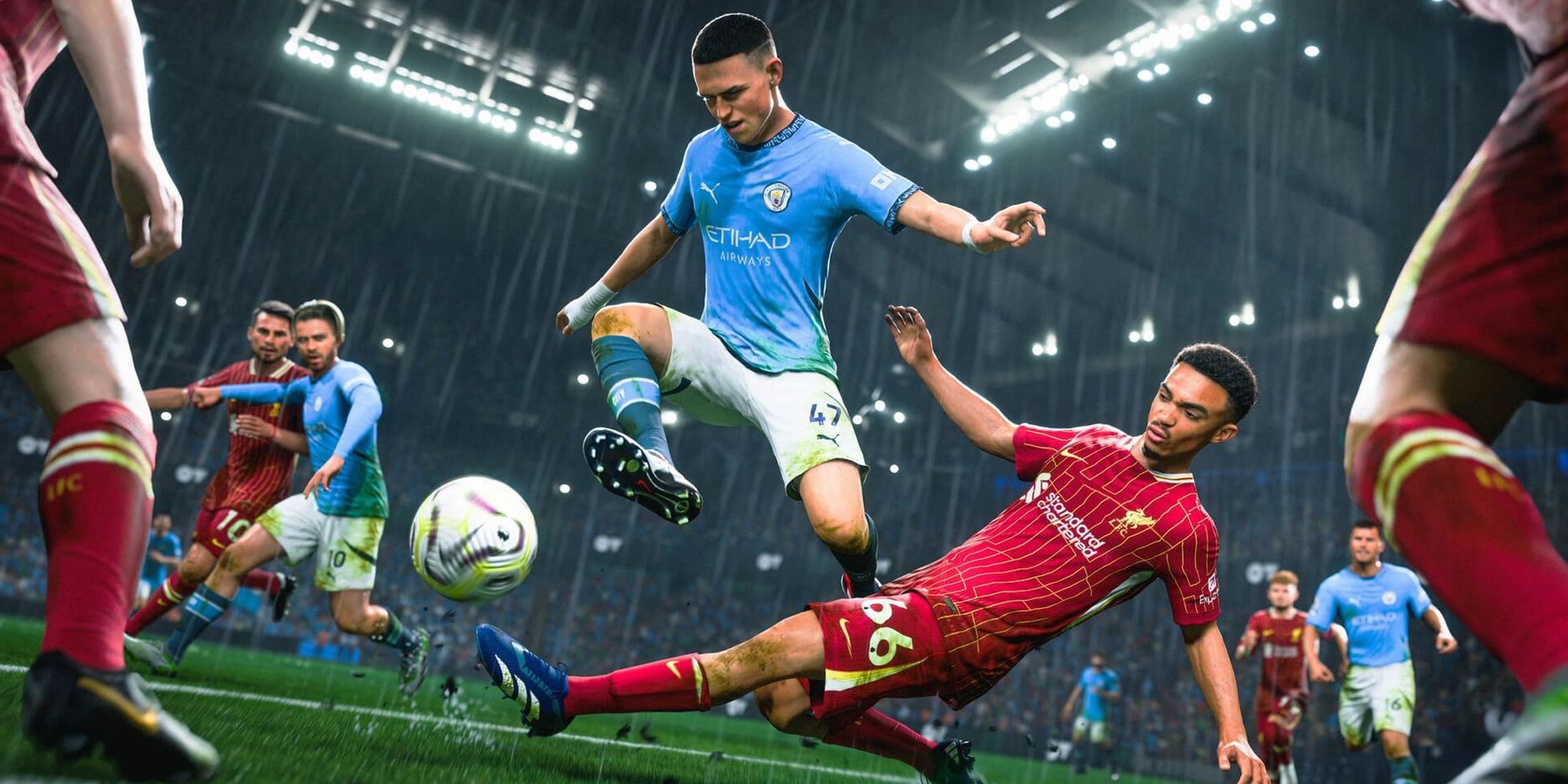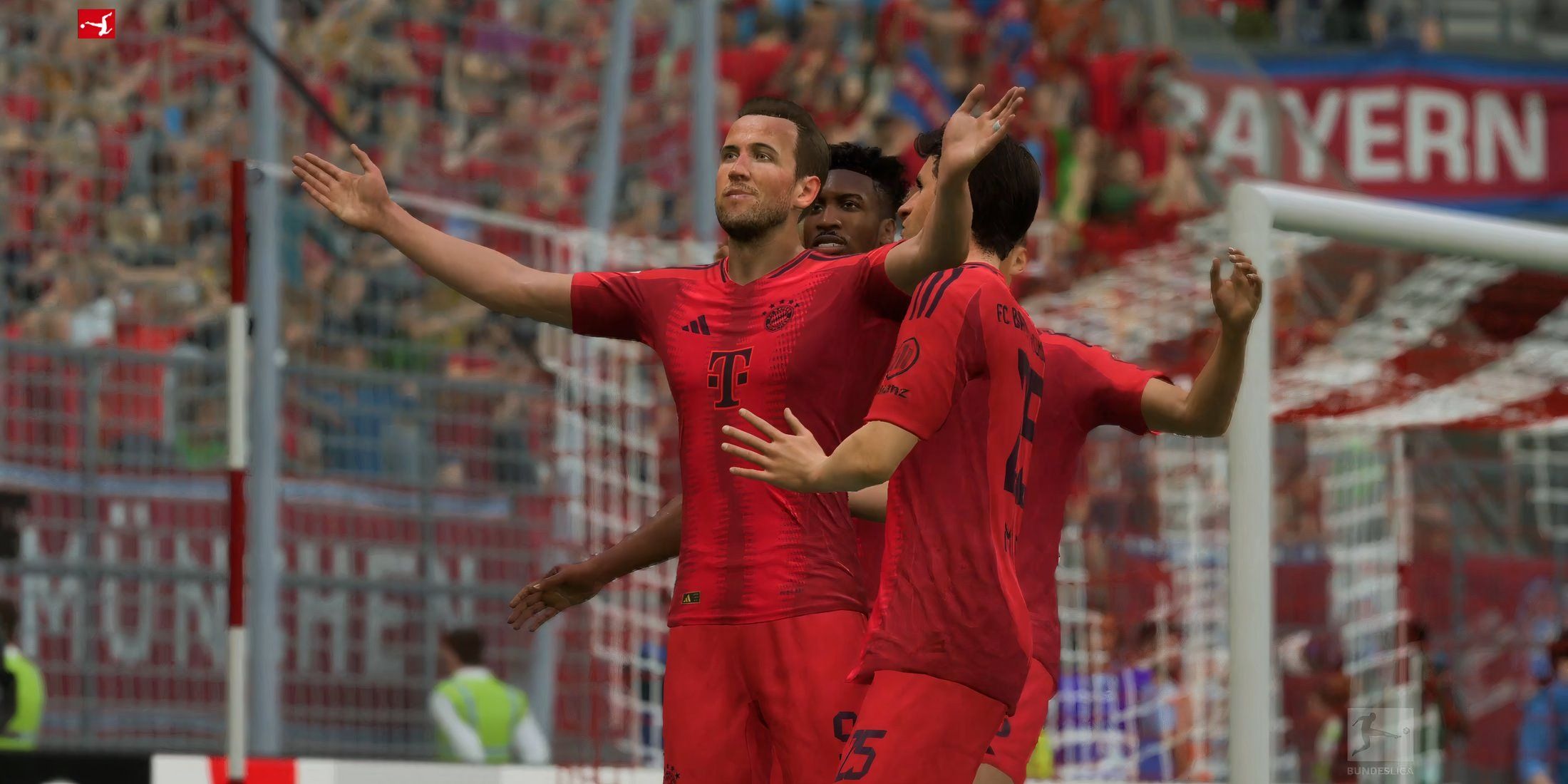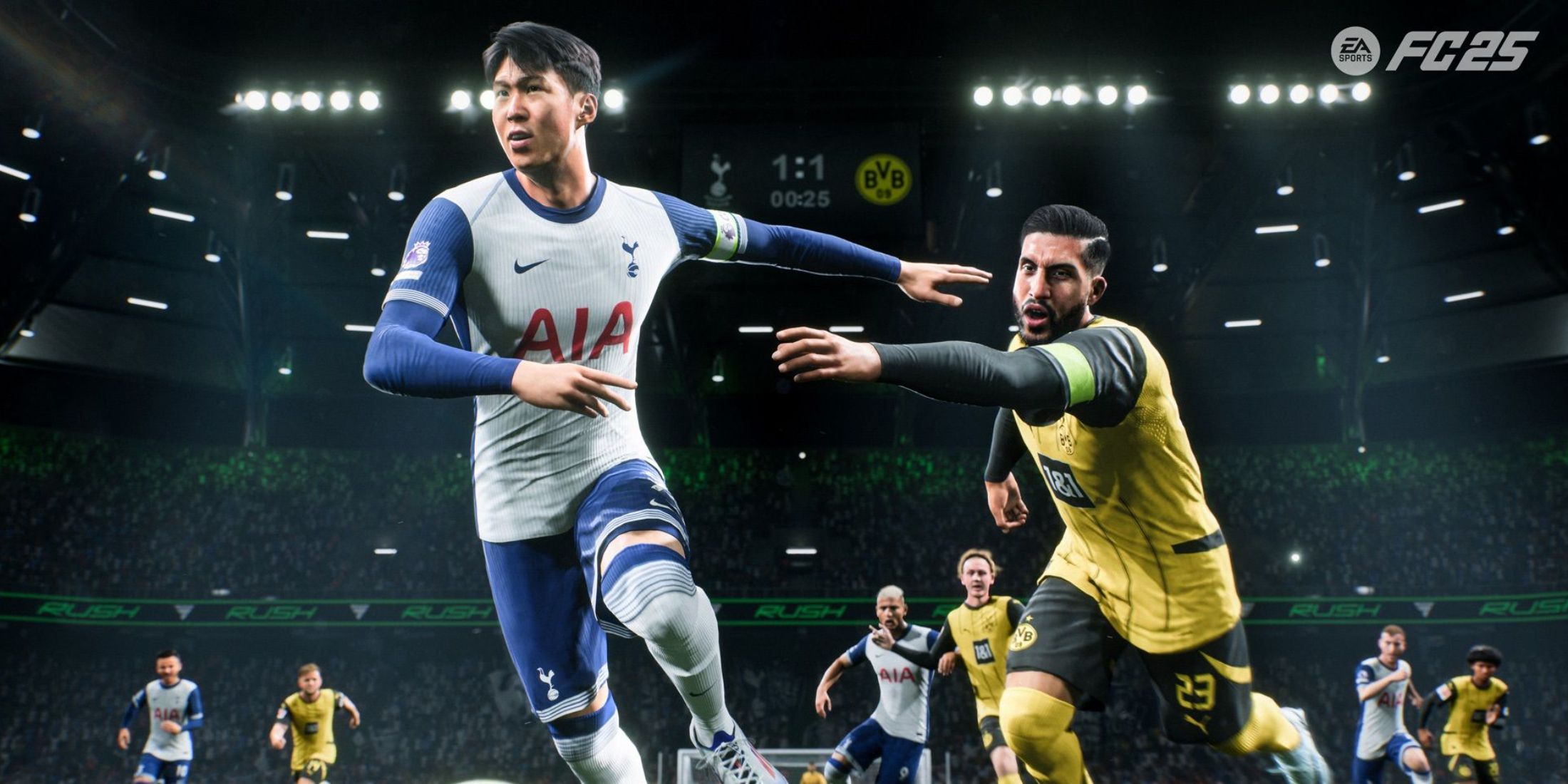
The revamped EA Sports FC 25 offers an unprecedented overhaul to its strategic elements, thanks to their innovative technology, FC IQ. One significant mechanical adjustment in this tactical system is the integration of Specialized Player Positions, elevating the game’s realism and authenticity to new heights.
In this game, you have the ability to manage players and their strategic positions directly or indirectly. The AI in the game simulates realistic player behavior based on football rules, providing an incredibly authentic gaming experience. You can design your own tactical system and unique playstyle from the ground up. Particularly for attacking players, these roles are most suitable.
Strikers

1. Advanced Forward – Attacking
Choosing the “Advanced Forward” strategy is ideal if you aim to consistently score goals and penetrate the opposing defense with your forward player. This role suits players who adopt an aggressive approach, primarily focusing on scoring goals and capitalizing on opportunities. By selecting the Advanced Forward Attacking role, your striker will remain alert, ready to receive passes from your wingers or midfielders within the penalty box.
Adopting an offensive strategy, this player role focuses on creating optimal scoring opportunities, maintaining a central and elevated position on the field, and causing trouble for the opposing defense. If you relish the excitement of a well-placed run and a precisely executed pass, the Advanced Forward is just the right fit. This position trains your striker to stay in the forward zone, patiently waiting for the ideal moments to strike so they can transform them into decisive match goals.
2. False 9 (Build Up)
The False 9 is a creative tactical position that allows you to pull defenders out of their proper positions and disrupt your opponent’s defensive setup. Unlike traditional attacking roles, the False 9 primarily concentrates on creating openings by exploiting weaknesses in the defense. This strategy makes the space around the penalty area congested, forcing defenders to make challenging decisions about which player to mark, making it difficult for them to maintain their formation.
In the flow of offensive play, the False 9 often steps back from the opposing defense and moves into midfield. This action opens up space for attacking players to exploit, also contributing to the gradual exhaustion of defenses. Furthermore, it allows the False 9 to be more involved in coordinating the game and initiating attacks, thus facilitating goal-scoring opportunities.
3. Poacher – Support
In simpler terms, poachers are those players who aim solely to score goals. They’re always on standby, ready to act swiftly when given the chance to kick the ball into the net, thus helping their team take the lead. Players with the Poacher role often dart behind the defense and strategically position themselves near the goalpost to easily convert any scoring chances or tap-ins that come their way.
Right Wingers

1. Winger – Balanced
Players assigned as Wingers often position themselves near the sidelines, skillfully maneuvering past opponents using the expansive areas of the field. Their role is crucial in bolstering your formation’s flanks throughout the entire game. They can swiftly move and compel defenders to reposition, which serves as another potent strategy for capitalizing on open spaces.
The Winger, who is known for their broad expanse and proximity to the sidelines, consistently contributes to both offensive and defensive plays along the flanks. They offer defensive reinforcement when required and are active participants in offense, all while maintaining a well-balanced playing style. Their main focus lies in outrunning the defense and serving as a dependable passing option, ensuring they remain influential throughout the game.
2. Wide Playmaker – Attacks
Skilled wing players often aim to control the sidelines, extend the defensive line, and create goal-scoring opportunities through well-timed passes across the box. They exhibit a knack for creativity in their play; they typically operate near the wide areas, moving towards the center when needed to help penetrate the defense.
Because most versatile forwards typically concentrate on the left side, they can swiftly advance and catch passes from their fellow players, facilitating their role in connecting plays and contributing to a cohesive offensive flow within the team. They serve as vital connections between the attack and the rest of the team, primarily focusing on setting up scoring opportunities rather than scoring themselves.
3. Winger – Attacks
Forward players on your team typically aim to outmaneuver opposing defenders, thereby widening their defensive line. This creates opportunities for them to deliver threatening passes within the box. They can also create more room for themselves and fellow players by exploiting speed and agility to capitalize on open spaces near the penalty area.
When a team is attacking, wingers often move forward alongside the striker rather than trying to grab the ball alone every time they attack. This strategy can make the defense uneasy and create opportunities for crucial passes or dashing into the penalty area.
Left Wingers

1. Inside Forward – Balanced
As a passionate soccer enthusiast, I often like to mix up my offensive strategies by darting inside from the wing more frequently. This move gives me the opportunity to either unleash a shot or set up the final pass with my preferred foot, creating swift counter-attacks and potentially scoring goals. It also keeps the defense on their toes, guessing my next move. In defensive situations, I’m ready to drop back onto the defensive line, providing backup and helping maintain the balance in our team’s formation.
When using the Inside Forward Balanced system, it may lead to slightly more challenges in defense, particularly when paired with a high defensive line.
2. Inside Forward – Roaming
If given freedom to move around freely within the attacking formation, these players have the liberty to explore and capitalize on any weaknesses in the opposing defense they encounter. They might weave between defenders or expand towards the flanks to strain the defensive line due to their swift speed, making it possible for them to position themselves in dangerous areas.
They can create doubt, disrupt defensive formations, and offer fresh passing options by moving unpredictably. In essence, they pose a constant danger due to their freedom to roam, exploiting minor defensive mistakes or shifts, while at the same time keeping the opposition disorganized.
Read More
- Top 8 UFC 5 Perks Every Fighter Should Use
- Unlock the Magic: New Arcane Blind Box Collection from POP MART and Riot Games!
- Unaware Atelier Master: New Trailer Reveals April 2025 Fantasy Adventure!
- Unlock the Best Ending in Lost Records: Bloom & Rage by Calming Autumn’s Breakdown!
- Unlock Roslit Bay’s Bestiary: Fisch Fishing Guide
- How to Reach 80,000M in Dead Rails
- REPO: How To Fix Client Timeout
- Unleash Hell: Top10 Most Demanding Bosses in The First Berserker: Khazan
- Reverse: 1999 – Don’t Miss These Rare Character Banners and Future Upcoming Updates!
- How to Unlock the Mines in Cookie Run: Kingdom
2025-02-10 20:14